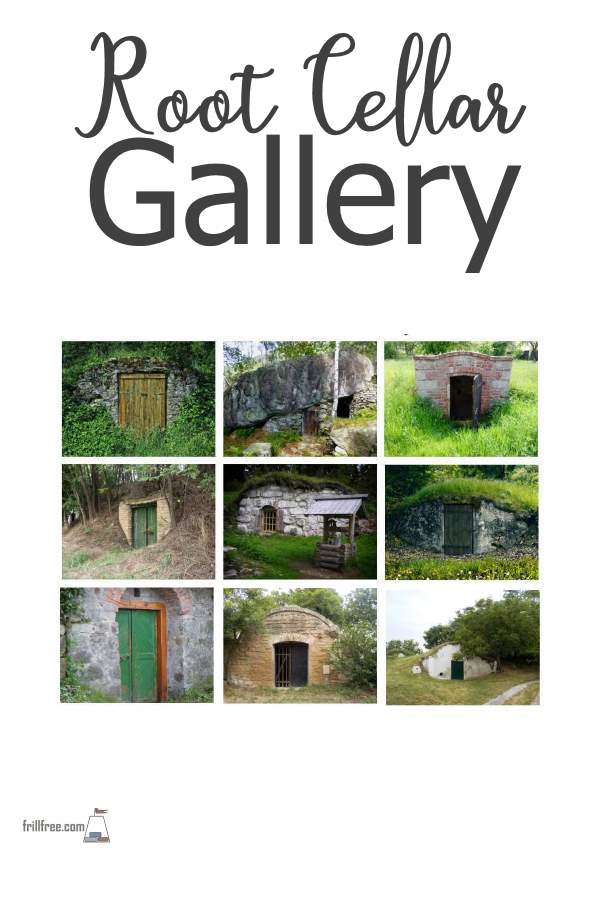- Homesteading
- Project Portfolio
- Root Cellar Gallery
Root Cellar Gallery
Root Crop Storage
Root cellars have been used for centuries to keep root crops, wine and other perishable crops viable for the whole year. Before refrigeration, this was the only way to keep from going hungry.
A root cellar is an underground storage space used for preserving fruits, vegetables, and other perishables. The cool, moist, and dark environment of a root cellar helps extend the shelf life of produce by preventing spoilage and sprouting. Here's a guide on what root cellars do and how to build one:What root cellars do:
1. Maintain a constant cool temperature (32-40°F or 0-4°C)
2. Provide high humidity levels (85-95%)
3. Keep produce away from light
4. Protect produce from pests and rodents
How to build a root cellar:
1. Choose a location: Select a spot with good drainage, preferably on a north-facing slope or in a shaded area.
2. Excavate the area: Dig a hole about 6-8 feet deep, depending on the size of the cellar you want.
3. Construct walls: Build walls using concrete, cinder blocks, or stone. Make sure to leave space for ventilation and drainage.
4. Install shelving: Add wooden shelves or bins to organize your produce.
5. Ensure ventilation: Install vents near the top and bottom of the cellar to allow for air circulation and temperature regulation.
6. Add insulation: Use straw, sawdust, or foam insulation to fill the space between the walls and the surrounding soil.
7. Create an entrance: Build a secure door with weather stripping to prevent air leaks and keep pests out.
8. Monitor temperature and humidity: Use a thermometer and hygrometer to ensure optimal storage conditions.
With a properly constructed root cellar, you can store a variety of fruits and vegetables, such as apples, potatoes, carrots, beets, and onions, for several months. This age-old method of food preservation is an excellent way to enjoy fresh, homegrown produce throughout the winter.
There are many ways to build a root cellar, but all of them have a few things in common. They are made so that the temperature stays cool, yet above freezing.
This can be achieved in several ways, the easiest and most reliable is using the depth of the earth itself.
At around a meter or three feet down, the soil stays at a steady temperature, around 10 degrees Celcius or 50 degrees Fahrenheit. This is ideal for keeping most crops in a state of stasis, preventing them from continuing to grow. The nutritional value stays in an ideal range at these temperatures.
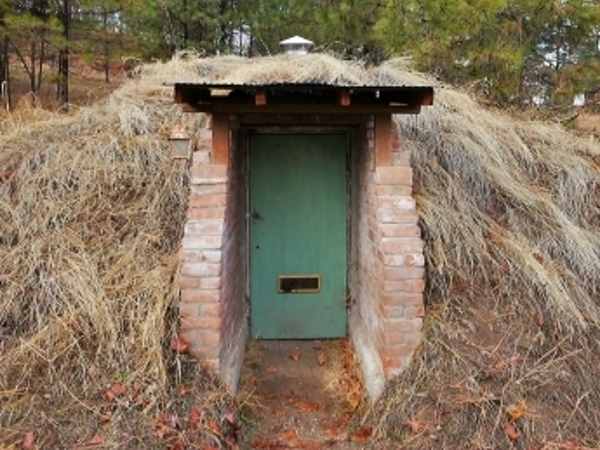
Earth sheltered root cellars or those carved right into the living rock are the most reliable for keeping your crops at the right temperature.
Other factors that are just as important is the humidity which varies with your crops, darkness, and the absence of vermin.
Ease of access, including a door wide enough for a wheelbarrow and close to a driveway will make it simpler to use.
Good
drainage so water won't pool inside it, and some way of providing
ventilation will prevent spoilage. Nothing is worse than losing your
entire organically grown winter store to rot due to too much moisture.
This
gallery will give you some ideas on how to build your own root cellar;
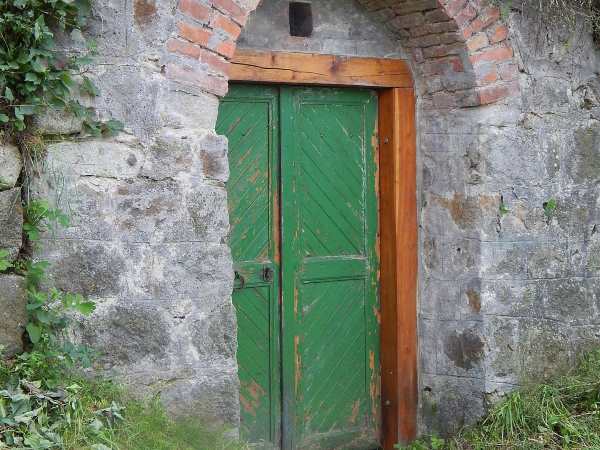 Stone walled root cellar with brick architrave and a green roof for insulation.
Stone walled root cellar with brick architrave and a green roof for insulation.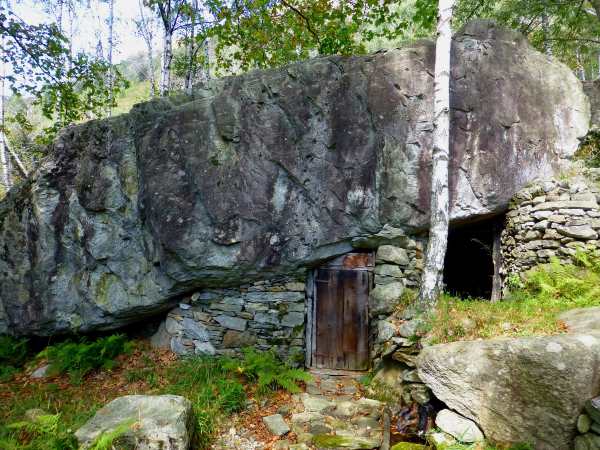 Living rock root cellar created from large boulders accented with rock walls.
Living rock root cellar created from large boulders accented with rock walls.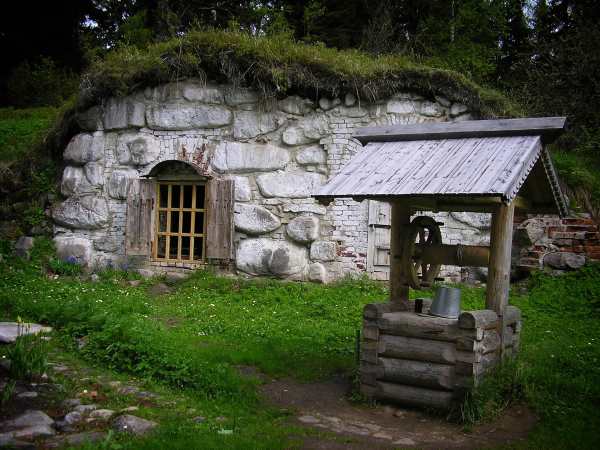 Root cellar with nearby well.
Root cellar with nearby well.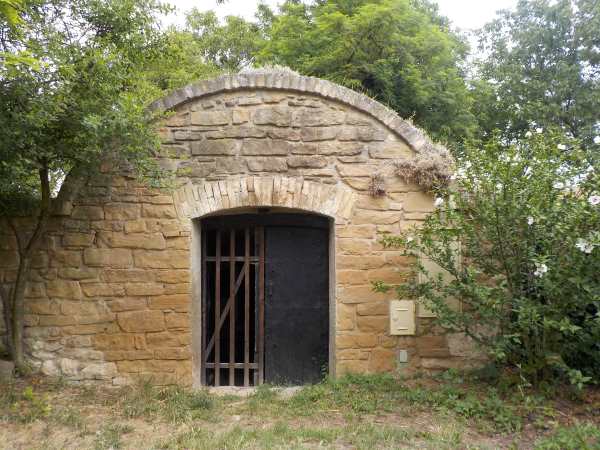 Domed construction of tightly fitted stone.
Domed construction of tightly fitted stone.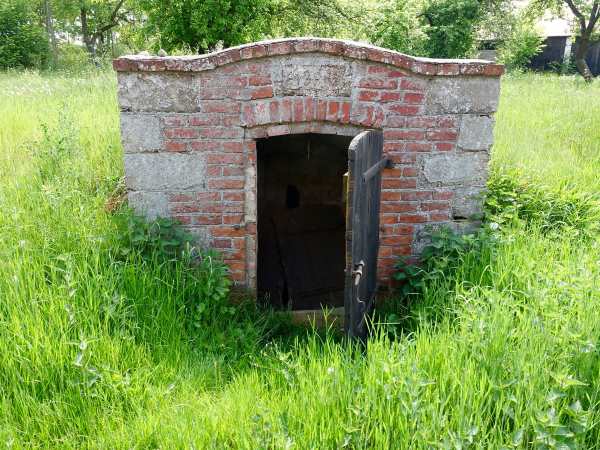 Intricate brickwork and earth sheltered.
Intricate brickwork and earth sheltered.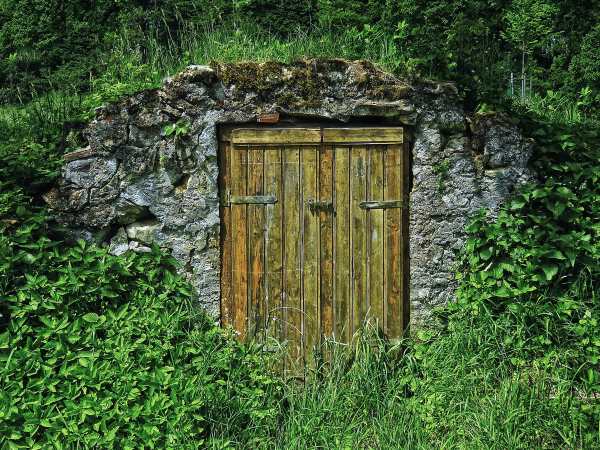 Rugged stone and rustic root cellar.
Rugged stone and rustic root cellar.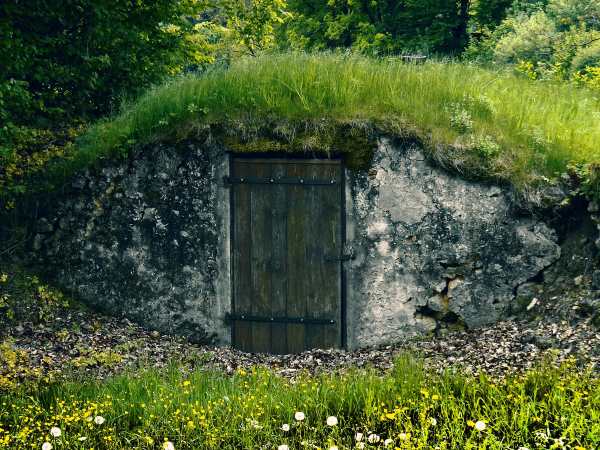 Thick sod roof keeps this root cellar cool.
Thick sod roof keeps this root cellar cool.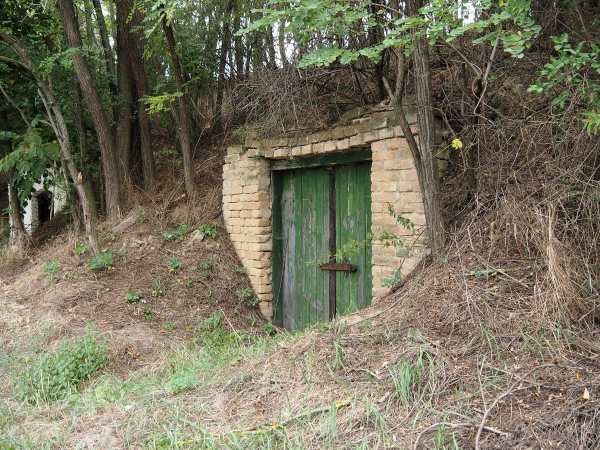 Set into a wooded hillside.
Set into a wooded hillside.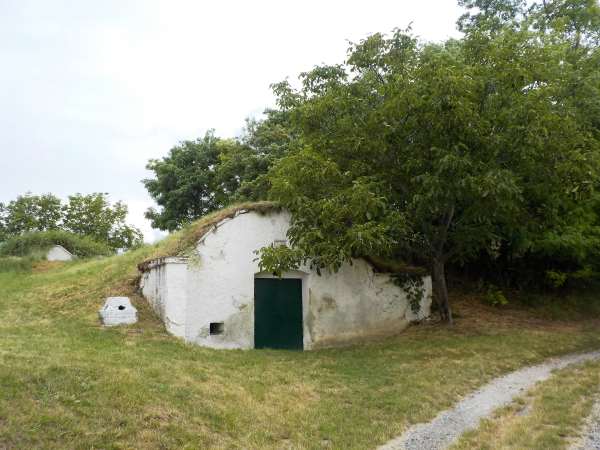 Neatly whitewashed and earth sheltered.
Neatly whitewashed and earth sheltered.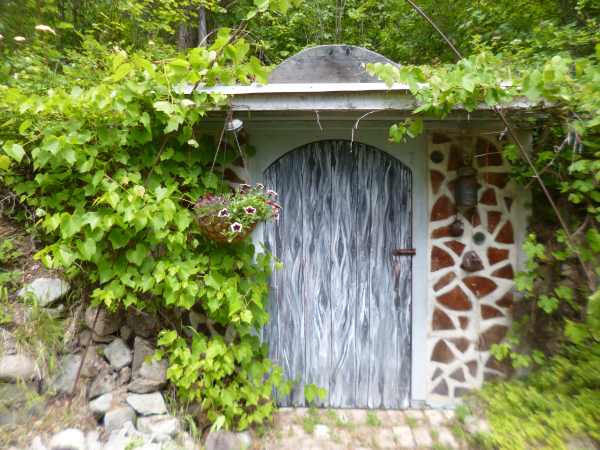 Cordwood walled earth sheltered root cellar, Glory Be.
Cordwood walled earth sheltered root cellar, Glory Be.There's more! Check out the Pinterest board;
